2020 was a hard year for so many. Caro and I were extremely fortunate in that we were able to keep our jobs and work from home. We retained our health and the health of our loved ones. For many this was not the case. We also were fortunate that we were able to find refuge and comfort from the pandemic and turmoil in nature.
I only managed to check two new species off my list of biodiversity goals this year:
Alligator Snapping Turtle (Macrochelys temminckii)
Texas Red-headed Centipede (Scolopendra heros)
I also provided a more thorough treatment of the White-tailed Deer (Odocoileus virginianus), which I technically photographed last year, but only briefly mentioned the encounter.

Though it may not be reflected in the number of species checked off my list, 2020 was full of biodiversity, and was perhaps my most productive year yet in terms of photography. The following are just a handful of highlights. There are many images taken this year that I have not yet shared on this page, and hope to include many in future posts.
A favorite past time of mine is roaming the woods on a warm day in early spring. On those lucky days where conditions are just right, I just might catch a glimpse of some rare spring ephemeral forb opening its blooms. One of the first to flower this year was the lovely white trout lily (Erythronium albidum).

Not far from the trout lilies above I stumbled upon a large patch of bloodroot (Sanguinaria canadensis), one of my all time favorite wildflowers.

While looking for these wildflowers one day in mid February I heard Caro shout “SNAKE! SNAKE!” Looking back, I saw this beautiful young canebrake rattlesnake (Crotalus horridus) coiled within 2 feet of where I had just stepped. Their camouflage is absolutely amazing, and their dispositions are so docile. This one obliged our presence for several minutes as we admired and photographed it, without so much as a complaint or even the slightest movement. I figure it was born last year, and it appeared to have a decent meal in its belly.
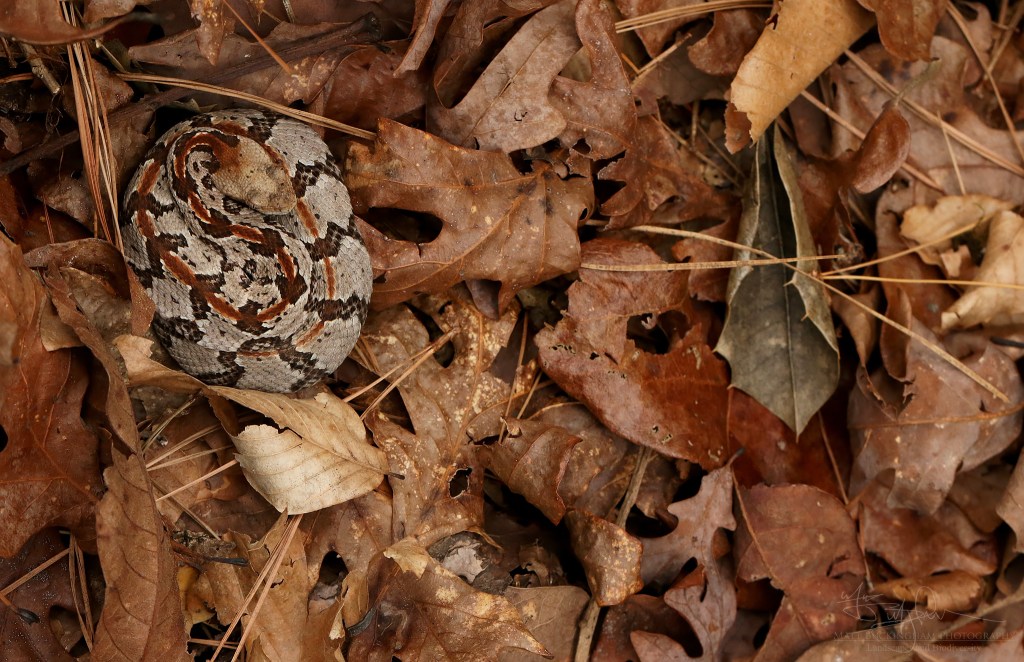
Caro’s sharp eyes also spotted this downy yellow violet (Viola pubescens). Rare in the the state, most populations of this early spring bloomer are known from far northeast Texas. This individual was found close to home in Nacogdoches County in a high quality forested slope.

Before the work at home orders were issued, I enjoyed birding around my work campus. During the winter and spring we get a good variety of birds here, and on a whim one day I brought my camera and was able to capture this image of a Yellow-rumped Warbler (Setophaga coronata) during a brief break.

One of my most exciting finds of the year was a the second population of false rue-anemone (Enemion biternatum) in Deep East Texas. Caro and I found the first a few years ago in a beautiful patch of woods on some friends’ land.

I put in considerable effort this year to finding and photographing Trillium in East Texas. I plan to share a blog this spring discussing these beautiful spring wildflowers and their status and distribution in Texas.

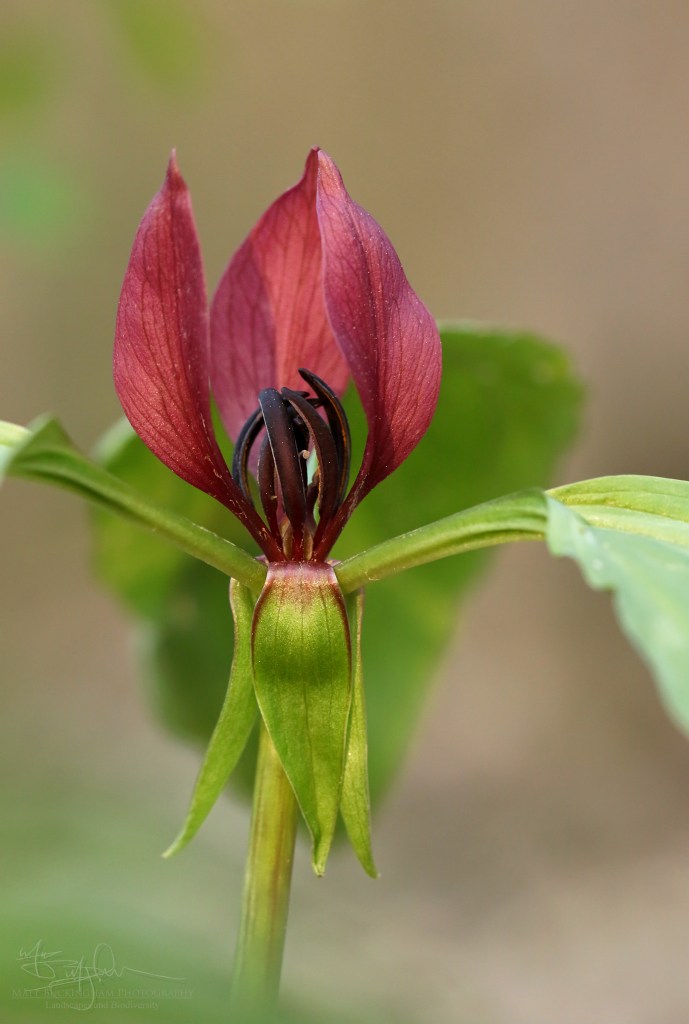
Whenever I’m feeling low or overwhelmed, I like to mentally transport myself to the forest in spring. There are few things more peaceful and beautiful to me. Scenes like the one pictured below are just as wonderful to me as some endless mountain vista.
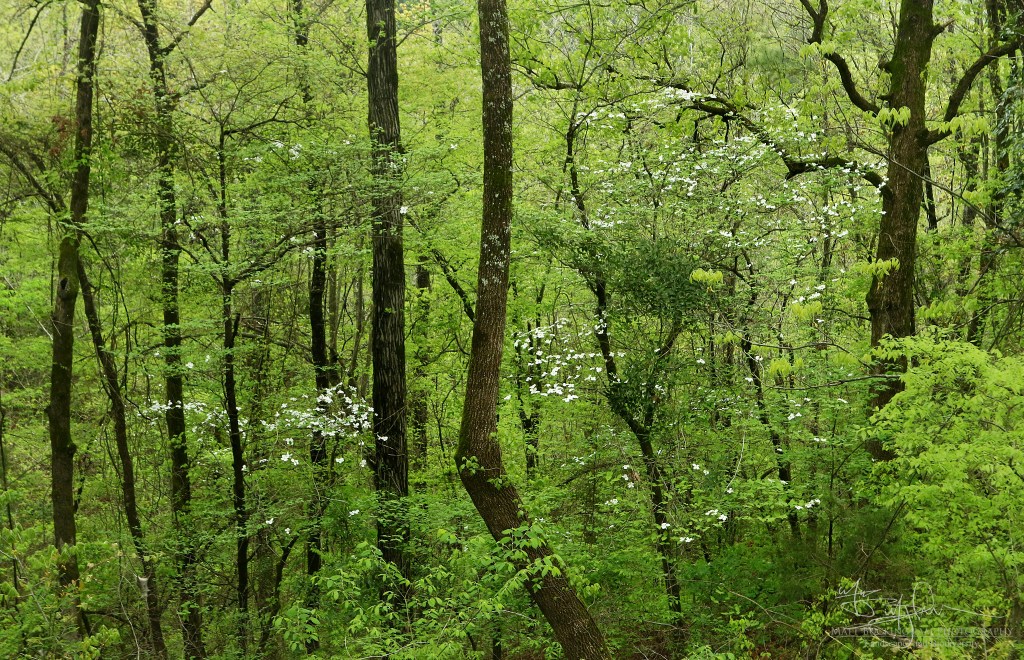
Another exciting wildflower find was a nice population of Nuttall’s death-camas (Toxicoscordion nuttallii) in San Augustine County. This species is quite common and widespread in central Texas, but is rare and highly localized in the Pineywoods. Here is is primarily associated with open forests and glades over the Weches Formation, where it approaches the surface.

This year I finally took the trip an hour and a half to the west to photograph the federally endangered large-fruited sand verbena (Abronia macrocarpa). This stunning member of the Four O’clock family (Nyctaginaceae) is endemic to a tiny portion of the Post Oak Savanna in Texas, where it is known from nine populations in three counties.

2020 was also the first year I captured images of the granite gooseberry (Ribes curvatum) in bloom. We found many of these lovely, fascinating shrubs in the woods of Nacogdoches, Rusk, and Cherokee Counties.

In early April, Caro and I took a trip to northeast Texas to visit an incredible rich hardwood forest on private land. The landowner loves his woods and we were privileged to experience this special place. Among the rare plants here we found Trillium viridescens. A gorgeous trillium that can reach heights of nearly two feet!
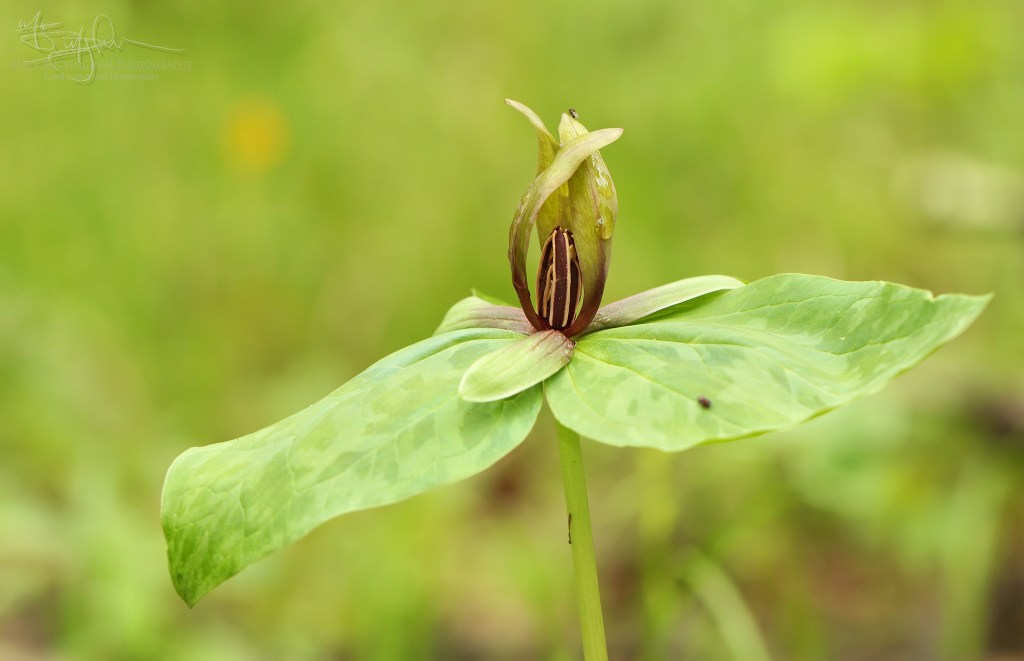
While walking in one of our favorite local parks one fine April afternoon, I spied some brown wriggly thing moving across the trail in front of us. Instinctively I scooped it up, and much to my delight realized that I was holding a smooth earth snake (Virginia valeriae)! Though it is fairly widespread in Texas, populations seem to be widely scattered and localized, and when compared to snakes with similar life histories, records are scant.

I put considerable effort into finding, stalking, and photographing breeding songbirds this spring. It was difficult, often very frustrating, but ultimately rewarding. The Swainson’s Warbler (Limnothlypis swainsonii) below was photographed in the woods at my friend James Childress’s farm.

I spotted the Bobolink (Dolichonyx oryzivorus) below while out photographing birds with my buddy Skip Pudney. The Bobolink is an infrequent passage migrant in East Texas. Here they may stop to refuel on their journey north to their prairie breeding grounds. They are only irregularly encountered in the state, so I was thrilled to see a breeding-plumaged male at a wildlife management area close to home. During our initial approach, the bird dropped down from its perch into a dense field of grass, vetch, and other herbaceous vegetation. I continued to where the bird was and was immediately set upon by a swarm of fire ants. As I began brushing the stinging insects from my legs I heard Skip shout “There it is!” I looked up and the Bobolink had hopped up to a perch about 30 feet away from me. I immediately ignored the pain and fired off several shots, all the while enduring more and more ant bites. The itching from the bites faded after a few days, but I’ll forever have this image to remember this special encounter.
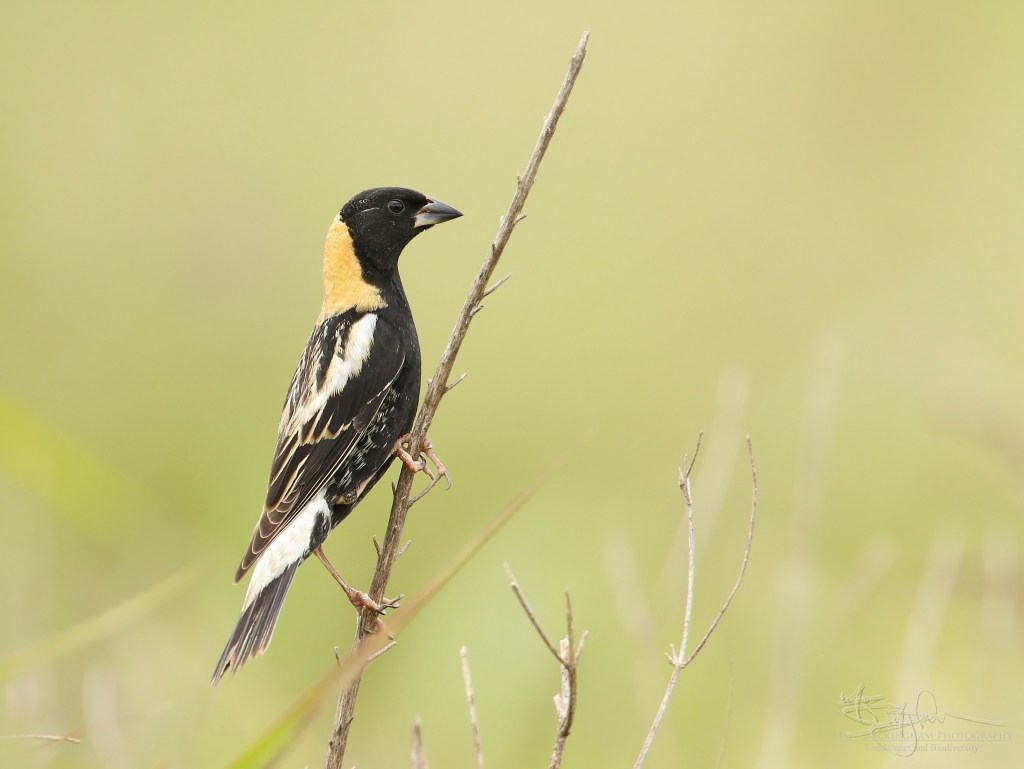
In May I saw some interesting images posted by my friend Adam Black of a plant he found and photographed in a forested seep in Jasper County. After some discussion with a number of botanists, a consensus was reached that it was Texas featherbells (Stenanthium texanum), a rare plant with few records from the state.

One glorious day in late May I was able to capture images of two of the loveliest Neotropical migrants breeding close to home. The Painted Bunting (Passerina ciris) and Northern Parula (Setophaga americana) below were photographed in close proximity, but in very different habitats.


A few weeks later I visited the spot where I had photographed the parula and found a beautiful male Kentucky Warbler (Geothlypis formosa) skulking int he understory. I believe he had a nest nearby as he was constantly foraging and returning to the same spot.
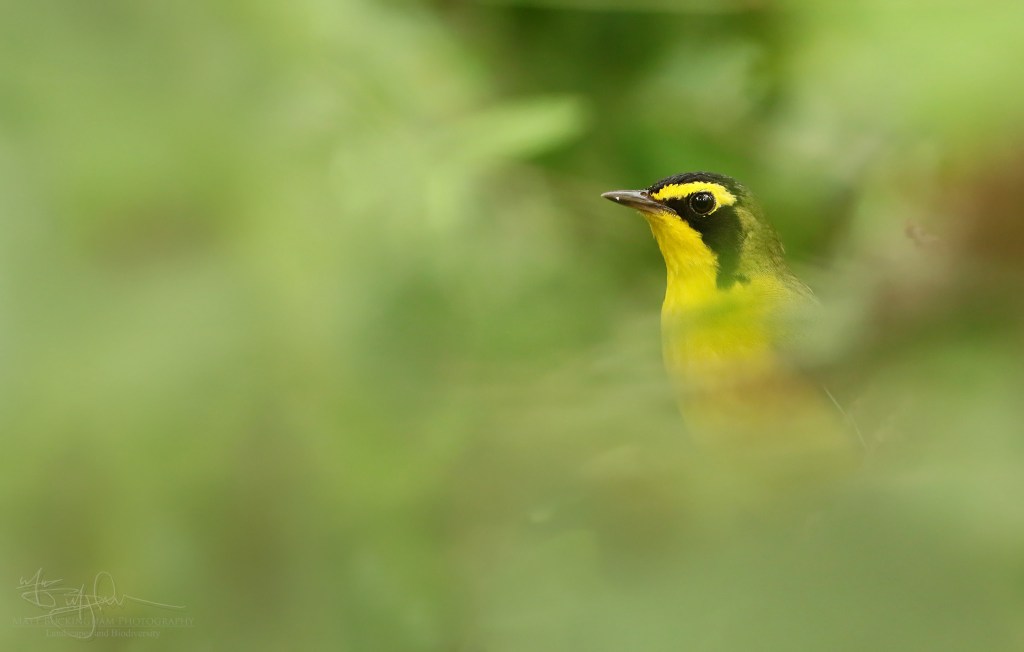
Another day chasing birds I got lucky when a Red-eyed Vireo (Vireo olivaceus) came down low from his normal haunt high in the canopy.
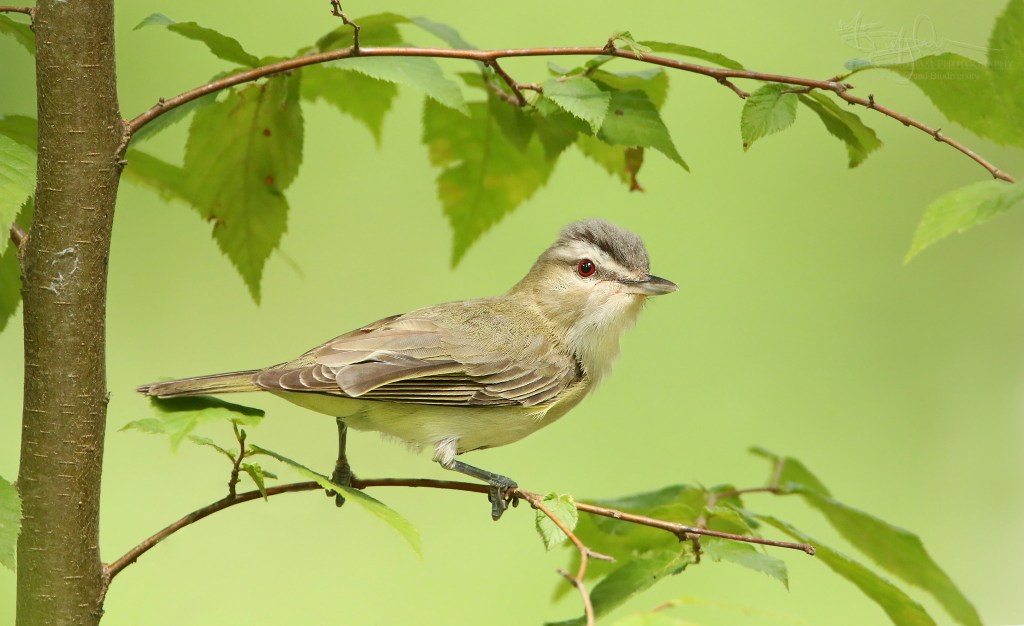
The woods in summer are hot, but beautiful. There is a myriad of subtly different shades of green and plant growth is at its peak. I found a particularly lovely scene while exploring some back roads in Cherokee County.

While exploring in early spring, Caro spotted a huge population of Carolina lilies (Lilium michauxii) with their basal leaves just beginning to emerge. We returned in July and were dismayed to see that most of the area had been logged since our visit. Fortunately we managed to find small area that had been spared and had many plants in bloom.
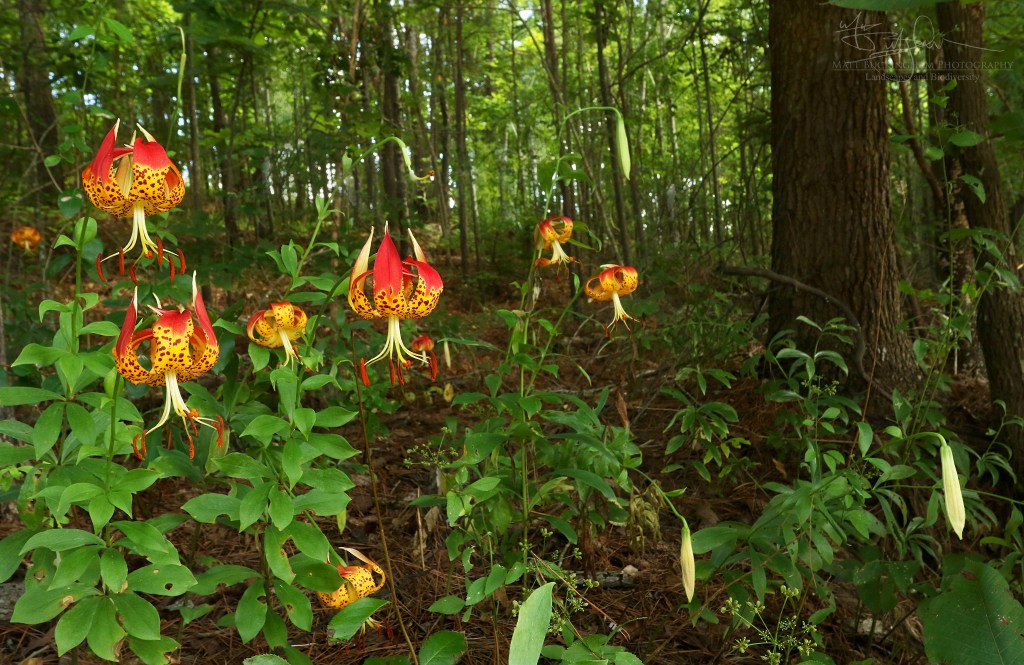
In September we headed west toward Rocky Mountain National Park. We timed our trip to coincide with the elk rut, and we hoped the peak of aspen color. A huge winter storm blew through shortly before our visit and I feared that the trees might respond by simply dropping their leaves rather than undergoing the gradual process of losing chlorophyll to reveal other bright pigments within the leaf. Fortunately my fears were for naught, and we found a beautiful display of aspens and other deciduous trees. I’m glad we visited when we did. Not long after our trip the East Troublesome Fire engulfed this area and overnight spread from a relatively small blaze to the second largest conflagration in Colorado’s history.

En route to Colorado we stopped for a night in northeastern New Mexico. Here I took some time to photograph North America’s fastest land animal, the pronghorn (Antilocapra americana).

Within Rocky Mountain National Park I was able to photograph a few birds including the iconic camp robber, the Canada Jay (Perisoreus canadensis). Also commonly referred to as the Gray Jay, the Canada Jay is a familiar site around campgrounds and picnic areas. The nickname “whiskey jack” is a corruption of Wisakedjak, an important figure in Cree mythology. Wisakedjak is described as a benevolent trickster. Perhaps the jay earned its name through its charming nature and sneaky picnic robbing ways.

I also captured an image of a Hairy Woodpecker (Dryobates villosus) while in the park. I had watched it foraging in some dense branches when I spotted a lovely old aspen trunk and thought, “wouldn’t it be great if it landed there?”. And in a turn of events that almost NEVER happens, it went and landed exactly where I hoped it might.

After spending a few days in the park, we headed south to the San Juan Mountains of southwestern Colorado. Here we found more beautiful fall color and were lucky enough to see an North American porcupine (Erethizon dorsatum) out and about with enough light to capture a few images.
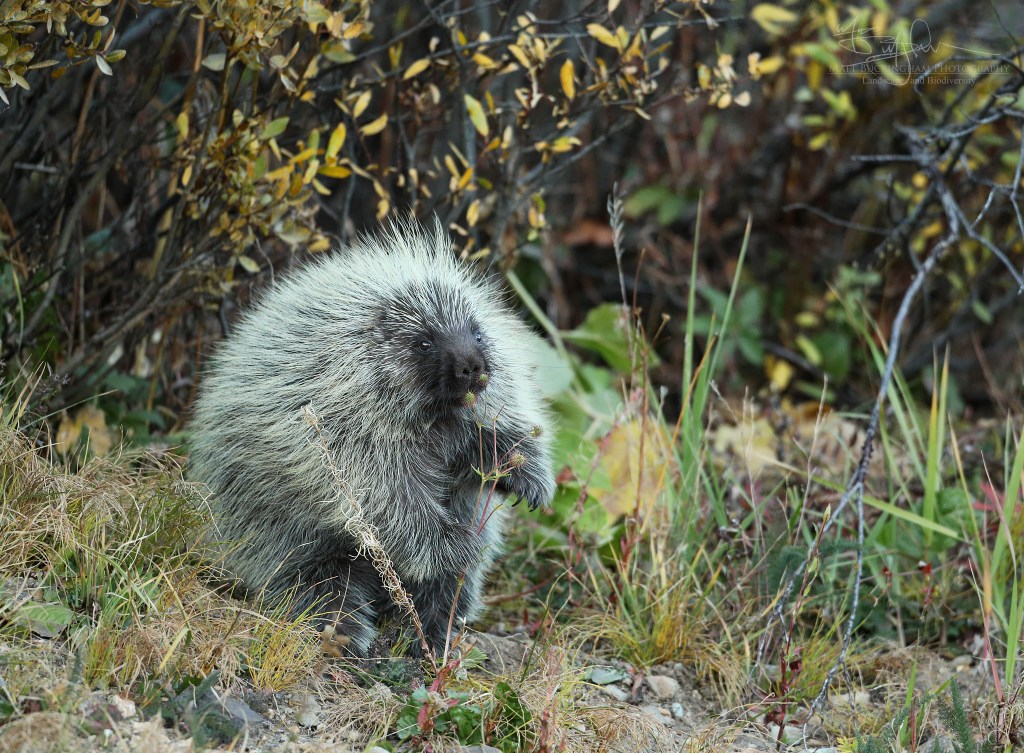
Over the Thanksgiving break we took a trip to South Texas. We did a little bird watching on South Padre Island and found a very tolerant Green Heron (Butorides virescens).

While exploring a South Texas mesquite savanna, we found ourselves in the middle of a large squadron of collared peccaries (Pecari tajacu), or javelina. I was able to capture several images as they moved through the grass and brush, and just as quickly as they arrived, they were gone.

2021 is already off to a great start for me (stay tuned for more about that). I sincerely hope that it is a brighter year for so many that faced a dark 2020, and wish all of my nature loving readers another happy, healthy year filled with natural wonders.

Beautiful pictures, as always.
You guys are hardier than we in venturing as far from home as Colorado during the pandemic. We’re still waiting for large-scale vaccinations.
LikeLiked by 1 person
It was a decision we didn’t take lightly. We mostly camped and stayed away from people. Fortunately the places we went in Colorado and New Mexico were taking the situation very seriously.
LikeLike
Excellent synopsis of a challenging and interesting year! Fun read about the diversity within this state. Photography is, naturally, outstanding. Here’s to more adventures in 2021!
LikeLiked by 1 person
Thanks Skip! I hope you have a productive 2021 as well!
LikeLike
A marvelous collection of excellent photographs. Made my day.
LikeLike
Gorgeous little Timber rattler! Love the Kentucky Warbler shot too. Heck, they are all beautiful! Your post reminded me I have to update my lists as well. I like how you add the column fo species you need a better photograph of. Great blog! William
LikeLiked by 1 person
Thanks so much!
LikeLike
Such beautiful photos! I’ve never seen — or even read about — the sand verbena, so that was a special treat, and Audubon himself would have admired your portrait of the green heron.
I’ve not been able to be out and about much over the past couple of months, for reasons other than Covid, but I did find a real treat last weekend: several Tauschia texana in a local nature center. The Texas endemic’s not listed in Galveston County, but that’s where I found it. It was quite the mid-winter spirit lifter.
LikeLiked by 1 person
Thanks so much! Congratulations on finding the Tauschia! That’s such a cool species!
LikeLike
Biodiversity highlights in 2020 with photos. Lovely 😊
LikeLike